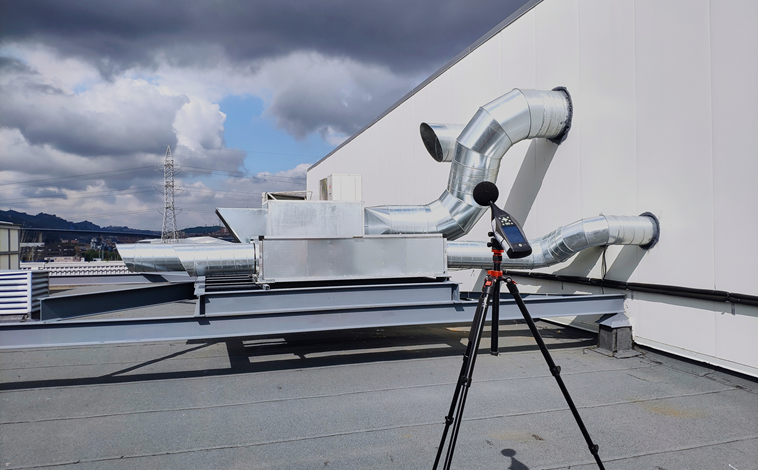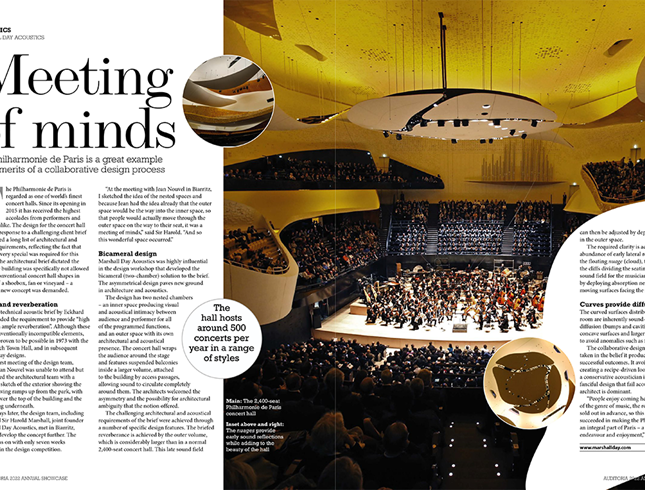
Victoria’s new environment protection framework under the Environment Protection Act 2017 came into effect on 1 July 2021. As part of this, there are several changes to the way environmental noise from commercial, industrial and licensed premises is assessed. This includes saying farewell to SEPP N-1, SEPP N-2 and NIRV, which are to be replaced by the proposed final Environment Protection Regulations 2021 (the EP Regulations) and the Noise Protocol¹.
The noise limits and assessment procedures in the EP Regulations and the Noise Protocol remain largely the same as the outgoing policies. However, the devil is in the detail, and there are some important changes for industry to be aware of.
- EPA Victoria are placing a greater emphasis on the general environmental duty (included in the Act) for a person or organisation to minimise the risk of harm to human health or the environment from pollution (including noise) or waste so far as reasonably practical. In particular, EPA Victoria’s position is that environmental noise limits are not intended to be levels one can ‘pollute up to’ and must not to be interpreted as noise levels below which no action is required.
- Assessment time periods on Saturdays (1 pm to 6 pm) are proposed to be treated in the same way as weekdays, meaning a higher, less stringent noise limit would now apply to commercial and industrial premises. The previous SEPP N-1 policy treated Saturday afternoons as evening periods, so the proposed change may provide greater flexibility for how some commercial and industrial operations are managed on Saturdays.
- The assessment location is generally the noise sensitive area, as per the outgoing policies. However, alternative assessment locations nearer to industry may be specified in some situations. Importantly, for situations where industry noise is affected by atmospheric conditions, alternative assessment locations must be used wherever appropriate. This provides a pragmatic assessment option, but could be complex for some larger sites such as factories and quarries.
- The definition of noise sensitive areas to be expanded to include childcare centres, kindergartens, schools, tourist establishments, camping grounds and caravan parks in rural areas. The same limits that apply to residential dwellings apply to these locations. This could have compliance implications for existing industry where the separating distance to assessable locations is reduced as a result of the definition change.
- Requirements for assessing atmospheric conditions are more onerous. Sites where noise propagation is affected by atmospheric conditions (typically separating distances greater than 100 ‑ 200 m) must be assessed for conditions which result in the highest noise levels. Under the previous policies, varied atmospheric conditions were averaged, meaning that atypical atmospheric conditions that increased noise may not have affected compliance. This could change compliance outcomes for industry that requires reassessment under the new framework.
- The compliance requirements for live music venues have been aligned with the agent of change planning provisions, thus strengthening protections for live music in Victoria. However, there are no provisions for addressing impacts to existing commercial and industrial trade premises as a result of sensitive land use encroachment – diligent land use planning will remain essential for managing these potential impacts.
While the EP Regulations and the Noise Protocol are the core documents for noise compliance purposes, the EP Act also introduced the Environment Reference Standard (ERS) as a new legislative instrument. The ERS needs to be considered by the EPA and certain decision makers such as councils when making particular types of decisions (e.g. planning permit applications). The ERS lists environmental values that are to be protected and outdoor noise level objectives which vary depending on the scale of development or planning zones. Importantly, the ERS is not a compliance standard. The numerical objectives are not prescribed noise limits for a particular land use zone, nor are they noise design criteria for proposed developments. The ERS noise objectives may be referenced where the environmental noise in question is not prescriptively regulated; this will be particularly topical for off-site noise generating activities associated with new developments (e.g. additional traffic noise).
Authors: Travis Hancock and Justin Adcock
Marshall Day Acoustics is actively seeking clarity from EPA Victoria on technical matters concerning the new environmental noise framework so that we can efficiently assist with your existing or proposed commercial, industrial or entertainment premises.
If you have questions about the new framework, feel free to contact us for more information.
¹EPA publication 1826 Noise limit and assessment protocol for the control of noise from commercial, industrial and trade premises and entertainment venues, May 2021
